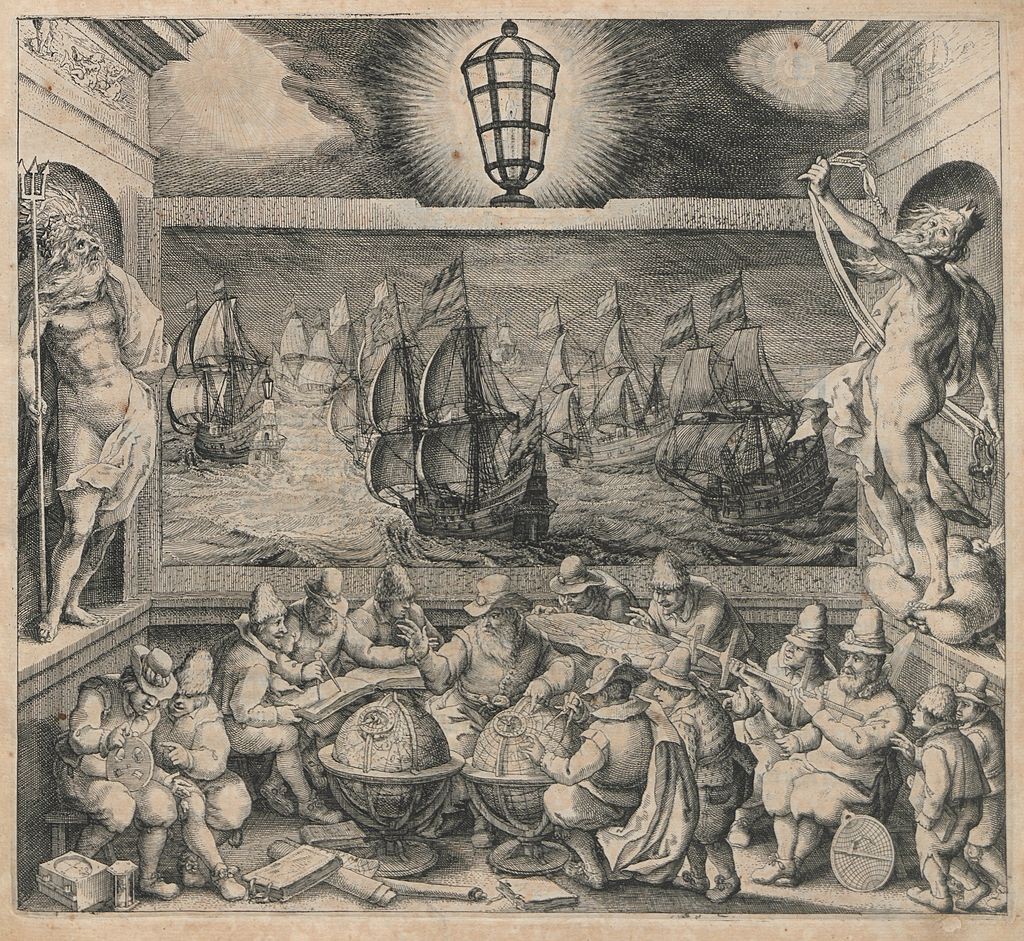True Colleagues
Navigating time, space, and friendship with Annie Abrams.

The twentieth century cultural historian Reverend Father Walter Jackson Ong was a very interesting man. His most famous book is called Orality and Literacy: The Technologizing of the Word (1982), and it considers the effects on culture of writing things down. One of Ong’s grad school mentors was Marshall McLuhan, that very famous media theorist who explained that the medium is the message, and so on. Ong also had a professor, a tweedy guy named Francis Peabody Magoun, who taught him about words and their funny histories. I don’t care about McLuhan much, but Magoun, who isn’t very famous at all, he’s my guy. He edited a book called The Gest of Alexander: Two Middle English Alliterative Fragments, Alexander A and Alexander B, Translated from a J2-recension of the Historia de Preliis, which is the subject I care about the most about in the world. We share a tiny love, Magoun and I.
The Ong-McLuhan-Magoun triangle of time and contingency is an illustration of how, in academia, contact matters. Ong showed that the transition from orality to literacy influenced the way we communicate—his work affects the way we think about the meaning of all writing and its role in our lives. This was in part inspired by Marshall McLuhan, a man so hot and cool that there is a literally a book about him called Hot and Cool. But his thought was also shaped by Magoun, an obscure mega-nerd. These three men worked in three different traditions, but take on their clearest form when seen in relation to the others. How wonderful! And how strange that they were all in the same place at the same time! Not as a thinker but as a point of contact: that is the way in which I am interested in Walter Ong.

Annie Abrams and I were in the same PhD program together, but our fields couldn’t be further apart: she studies nineteenth-century America, I study medieval Europe. But working alongside Abrams, as a person who just happened to be in the same place at the same time, has opened up doors in my brain. Her dissertation is called American Anglo-Saxonisms: Race, Time, and Old English, 1835–1860, and it is about how nineteenth-century white Americans thought about their place in the world, and my dissertation was about how white people in medieval Britain imagined their place in the world. In our respective fields, Abrams and I both theorize that time and temporality have played important parts in the history of race.
Abrams shows how certain nineteenth-century white Americans conceived of themselves as being part of a timeline that extended simultaneously east and back in time to Anglo-Saxon England (where they were from) and west and forward into a progressive American future (where they were going). That’s a folkloric way of understanding American history, which experts like Abrams call Anglo-Saxonism. It’s a historical observation about the way white Americans once understood themselves in relation to the history of the world — a racialized way of making sense of identity.
In her dissertation, Abrams tries to figure out why four American writers who were not particularly Anglo-Saxonist in their political thinking — Longfellow, Thoreau, Child, and Douglass — were very interested in Old English literature (the Anglo-Saxons spoke Old English before the Norman Conquest). These four writers, Annie observes, formulated relationships with Old English poetry that braided race, time, the past, and the present together in hyper-specific ways.
When Abrams first explained American Anglo-Saxonism to me, it blew my mind. I knew that Americans used the acronym “WASP,” and that Anglo-Saxon is a racially loaded term. But the way that Americans had mobilized the concept of the medieval, and the way that Abrams showed it happening so deftly — that felt new. I saw the pressure that the present can exert, backwards through time, into history. Abrams showed me that medievalism has a life in American whiteness that was completely beyond my understanding. It is so good to see your own limits.

Next, Abrams is going to be teaching high school English at a New York City public school. I asked Abrams how her research relates to her own existence, hoping she’d explain something about why she wants to teach high school, but she didn’t buy the distinction. “Is the idea that research somehow transcends my life as a human being?” she said. Research and life as a human being are the same thing. Of course — it sounds so obvious, once a true colleague has said it. A true colleague is a person who just happens to be in the same place at the same time as you, but who speaks a language that you can understand. That doesn’t sound like much on the face of it, but I don’t think I can understand most people’s languages. There aren’t many true colleagues out there. Walter Ong found his, and I have mine.
Knowing Abrams feels like a coincidence, but it isn’t quite a coincidence. It’s historical accident, but it’s the kind of accident that shows that all of history actually works this way. Flows and paths and contingent circumstance are random, until they’re not: all of a sudden, a point of contact blooms and suddenly the present is exerting a kind of force backwards through time. It shows us the shape of history, and it lets us see the world anew.
Josephine Livingstone is a writer and academic in New York.
